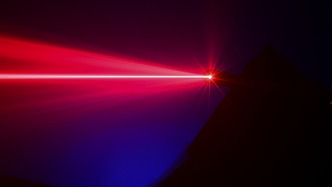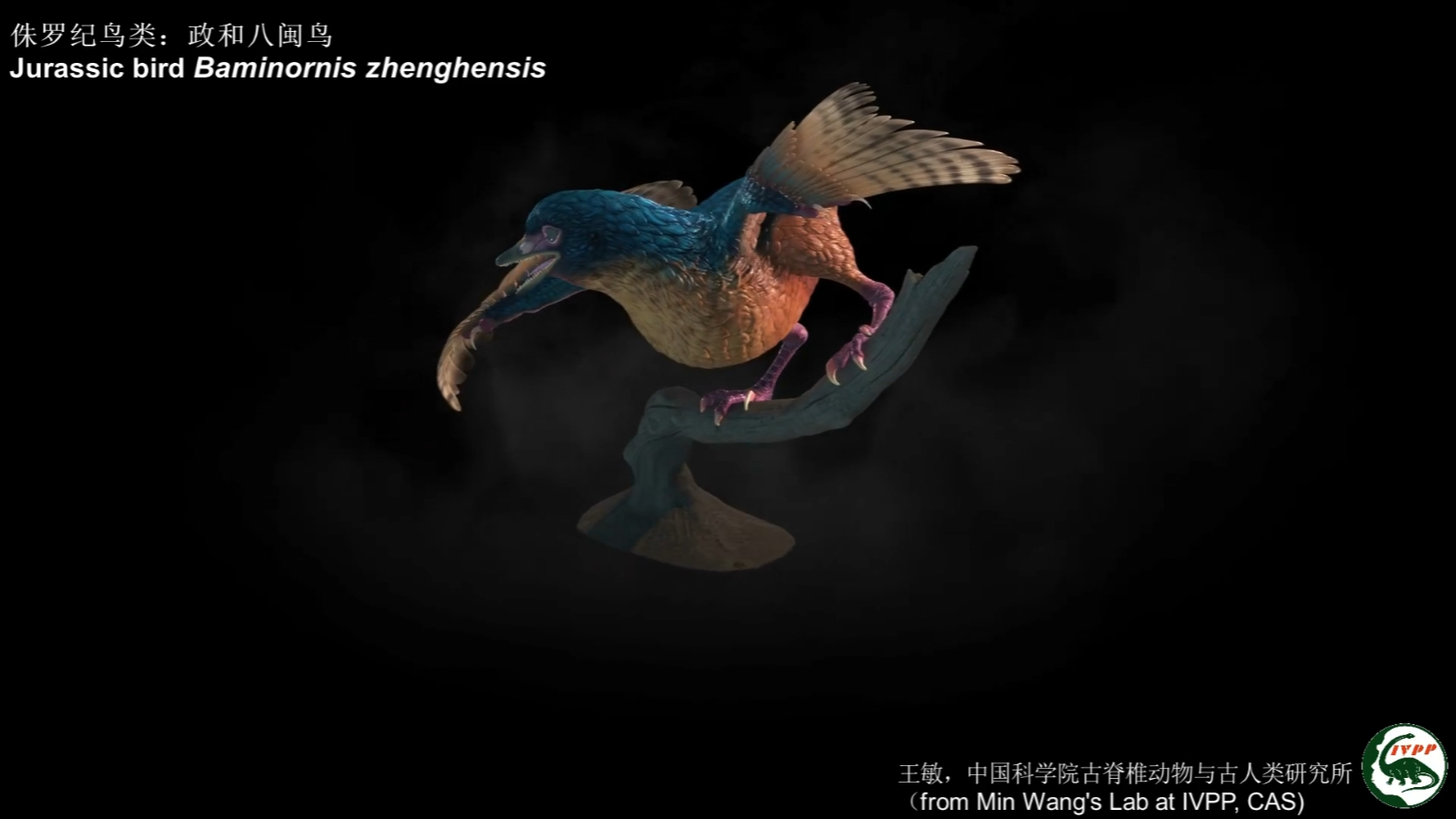

Bright fluorescence of different perovskite materials and perovskite light-emitting diodes under UV light (bottom right).
The luminous efficiency reaches 29.5%, and the operating life is increased by nearly 30 times!
The Ningbo Institute of Materials Technology and Engineering, Chinese Academy of Sciences, has developed perovskite light-emitting diodes with world-leading performance. The related paper was published online in Nature Photonics on February 5.
The researchers believe that this research result paves the way for the application of perovskite materials in the field of luminescent displays, and will greatly accelerate the introduction of perovskite luminescent display devices into thousands of households.
The future of high color purity
Perovskite materials are considered to be one of the most promising semiconductor optoelectronic materials at present, with low preparation costs and excellent optoelectronic properties. They can emit light when energized and generate electricity when illuminated.
Compared with current OLED (organic light-emitting diode) technology whose display resolution can reach 4K or "retina" resolution, perovskite light-emitting diodes have higher color purity and can be improved by at least 1 times.
On the morning of February 6, Ding Shuo, the first author of the above-mentioned paper and a doctoral candidate, told The Paper, “The economic benefits (of this discovery) are quite significant, and the luminescent display industry is also a trillion-yuan market every year. Its application methods The main purpose is to make perovskite materials into electronic components, such as perovskite light-emitting diodes; and then integrate them into lighting display components, such as lamps, displays, and even lasers."
Regarding high-definition displays, Ding Shuo explained that the materials of previous liquid crystal displays did not emit light themselves and relied on backlight to show colors and contrast. However, OLED and perovskite LEDs emit light by themselves and do not require backlight, so they can achieve high-definition displays. .
Ding Shuo said that the color purity of a light-emitting diode refers to the wavelength distribution of its light emission. For example, the corresponding wavelength of pure red light is 630nm (nanometers). However, due to the limitations of the electronic structure of the semiconductor itself, a certain range of light will be produced. The smaller this range, the smaller the range. , the purer the color. Perovskite can achieve light from 620nm to 640nm, with a half-maximum width of only 20nm, and looks more pure in color.
Innovative method to extend the life of perovskite light-emitting diodes
In 1839, Gustavus Rose, a mineralogist at the University of Berlin, discovered natural perovskite, a mineral composed of the inorganic calcium titanate, in the Ural Mountains, the dividing line between Europe and Asia.
Ding Shuo said that the main component of the material in the latest published paper is formamidine lead bromide. Although it is completely artificially synthesized and its chemical composition is completely different from calcium titanate, their crystal structures are exactly the same. People are also accustomed to calling the latter perovskite.
Previously, although people recognized the luminescent properties of perovskite light-emitting diodes, their operating stability was very low, and their underlying causes were insufficiently understood, which hindered their performance improvement and commercial application.
Ding Shuo introduced that the operating life of perovskite light-emitting diodes has previously been less than 20 hours. Only in 2022 and 2023 have studies reached about 3,000 and more than 20,000 hours respectively. Related papers were published in "Nature". Other light-emitting diodes, such as inorganic diodes for household lighting, have a lifespan of decades; the lifespan of organic light-emitting diodes, such as those commonly used in mobile phone displays, can be more than 10 years.
Researcher Xiang Chaoyu and Researcher Qian Lei from the Advanced Nano-Optoelectronic Materials and Devices Team of Ningbo Institute of Materials, Chinese Academy of Sciences are the corresponding authors of the aforementioned paper. The research team they led creatively developed the "solvent sieving" method to solve the intrinsic stability problem of perovskite materials.
The research team conducted an in-depth analysis of the fine nanostructure inside the representative quasi-two-dimensional perovskite material and found that the thinner nanosheets inside (only one or two layers of lead ions) are the key to inducing instability in the perovskite. source. These thinner nanosheets are formed by a rapid and uncontrollable crystallization process. They have poor crystal quality, many defects, and are prone to decomposition. Their decomposition will further induce the decomposition of the overall perovskite film, greatly reducing the calcium Stability of titanium materials.
The research team took advantage of the fact that thinner nanosheets are more easily soluble in polar solvents than other components. By precisely controlling the proportion of polar solvents to adjust the intensity of screening, they can just dissolve only one component. Or thin nanosheets with two layers of lead ions without damaging other structures in the perovskite material, expanding the toolbox for manipulating the fine nanostructures of perovskites and laying the foundation for the development of calcium oxides with unique nanostructures and properties. Titanium material lays the foundation.
After removing the thin nanosheets through the "solvent sieving" method, the perovskite material can not only maintain its luminous performance in humid air for more than 100 days, but the prepared perovskite light-emitting diode also exhibits a brightness of 10 candelas per square meter. The operating life of more than 50,000 hours (5.7 years) is nearly 30 times higher than before treatment. It is currently the highest value of all green perovskite light-emitting diodes and meets the requirements for commercial application. At the same time, the luminous efficiency of the perovskite light-emitting diode has also reached 29.5%, which is also the current record for the efficiency of perovskite light-emitting diodes with no light extraction design. It significantly improves the efficiency of converting electricity into light and simplifies the need for heat dissipation design.
Paper link: https://doi.org/10.1038/s41566-023-01372-0
- LtPJExHsMSi09/03/2025
- cyHiKRFVfocPxuU09/03/2025
- HprPerfhD09/03/2025
- WrAntYSQTrUV09/03/2025
- WjnURdFR09/03/2025
- FfAaZfyzkxdSwXN09/03/2025
- ZTsanzHiQilwW09/02/2025
- uGrSyaMoCDMpTZa09/01/2025
- WJsGQijBD09/01/2025
- WwgfLMZmABcONin09/01/2025


